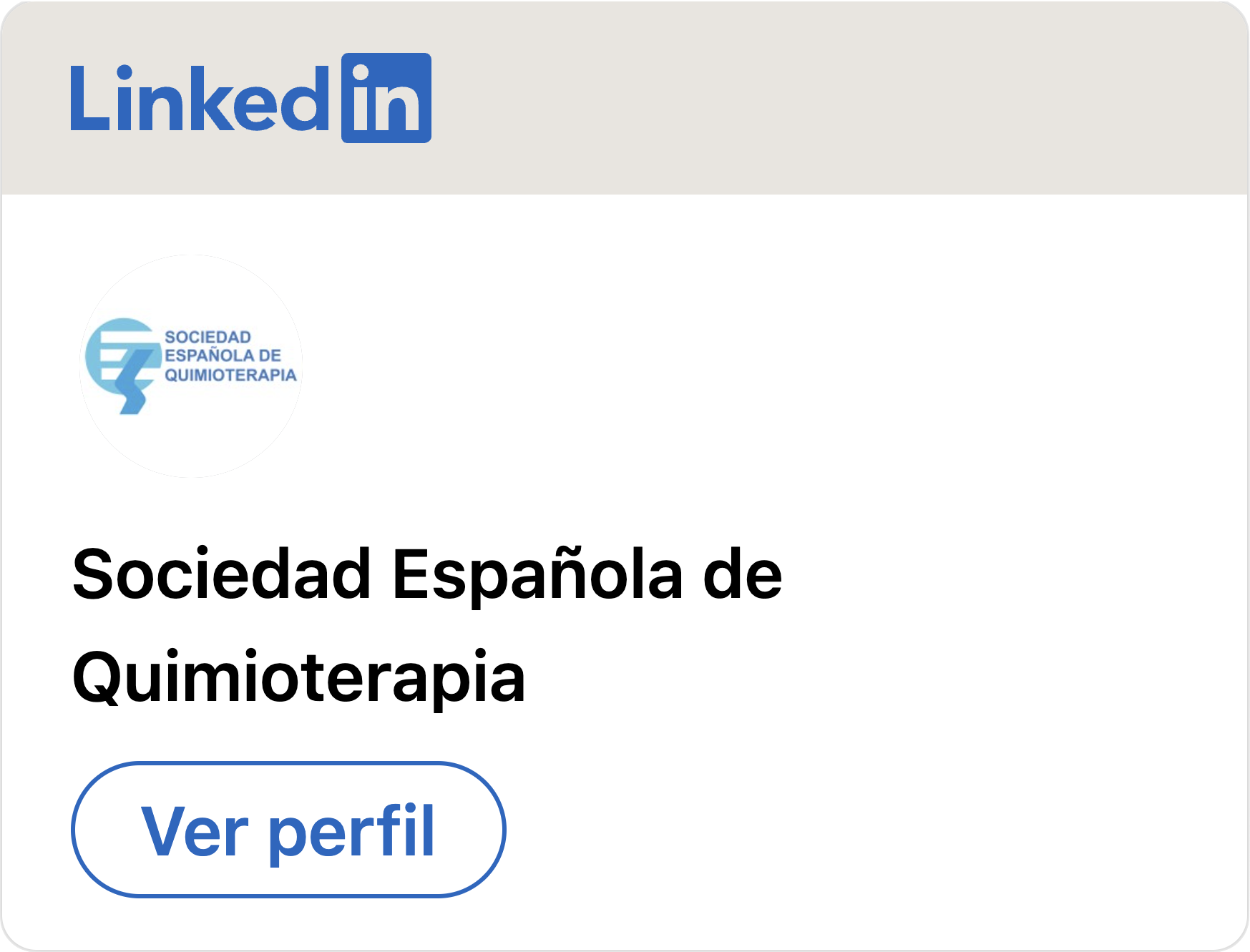Rev Esp Quimioter 2010:23(2):53-62
The microbiologist and the catheter related infection
J. GARCÍA-RODRÍGUEZ, M. DE PABLOS, A. GUTIÉRREZ
Different multicentre epidemiological studies such as ENVIN-HELICS or EPINE, have remarked that catheter related bloodstream infection (CRBI) is an increasingly condition in hospital environment. The microbiologist plays a major role in the diagnosis, either by recommending what type of catheter must be considered for confirmatory diagnosis, when these samples must be sent for culture, when is indicated to perform surveillance studies of the catheter and what results are clinically significant to be informed. In this paper, differentaspects of the CRBI, such as the pathogenesis, etiology, epidemiology and diagnosis are reviewed. The different microbiological diagnostic methods, both conservatives and those involving the removal of the catheter are up-to-dated.
Rev Esp Quimioter 2010:23(2):53-62 [pdf]

